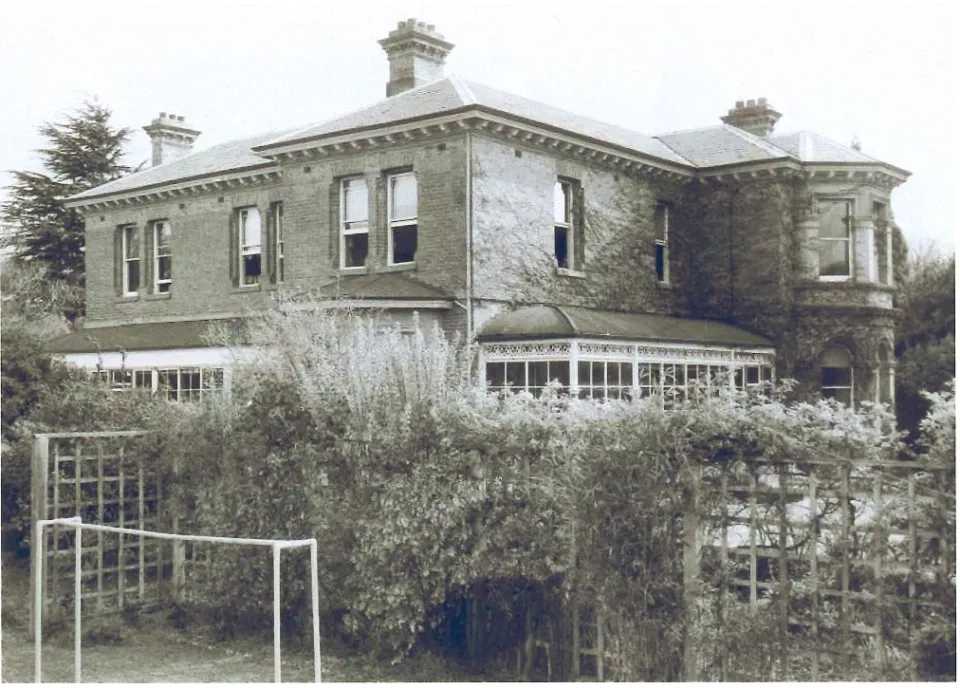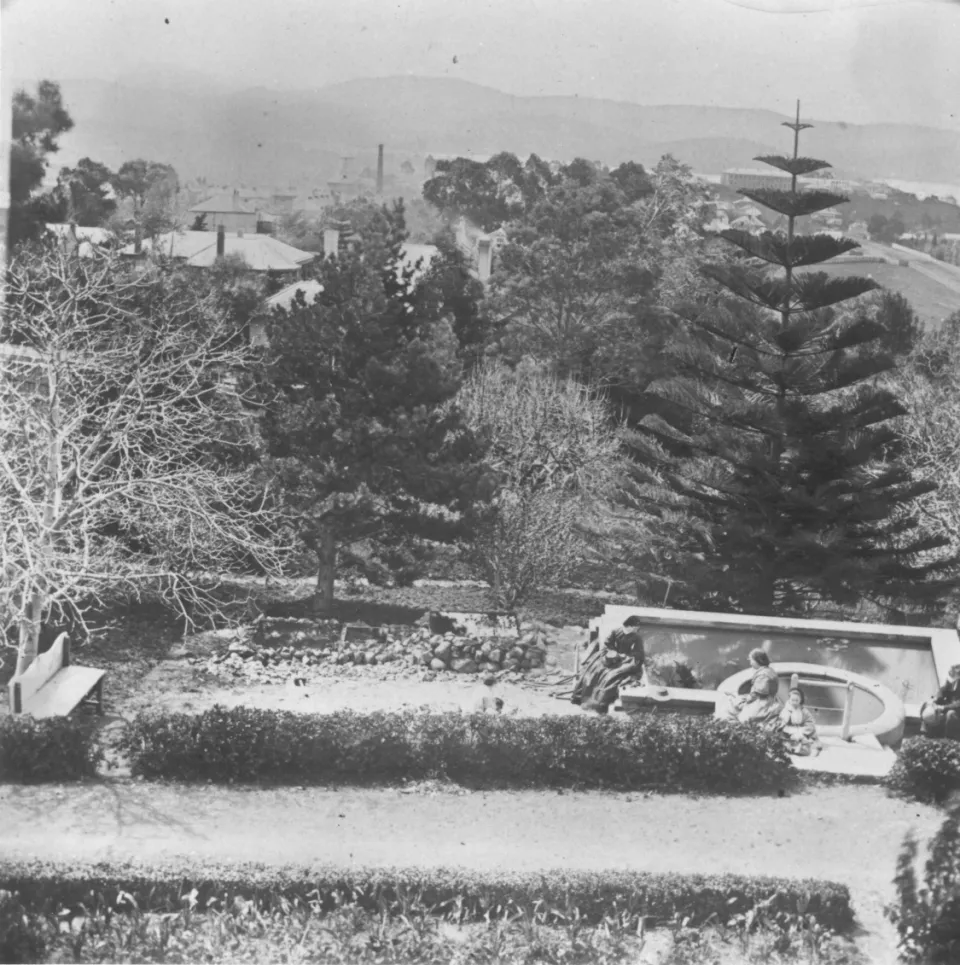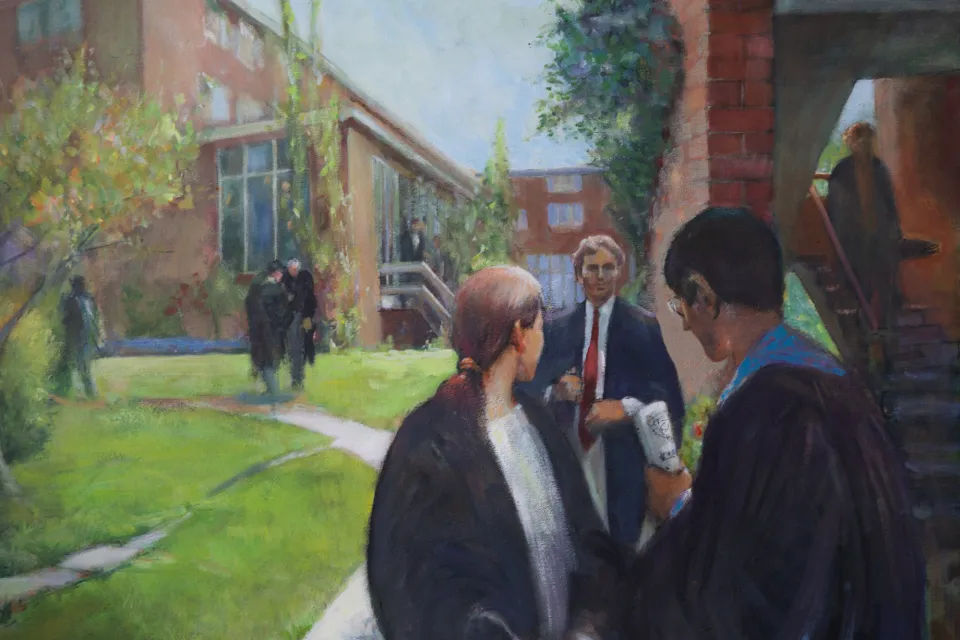Heritage
Jane Franklin Hall (Jane) was established in 1950 as Tasmania’s first women’s university residential college, offering access to university accommodation and academic support at a time when such opportunities for women were rare. The Tasmanian Council of Churches visionary leadership and support were instrumental in the College’s foundation and early development.




1880
Originally constructed as a private residence in the 1880s, Barrett became the centre of College life when it opened its doors. Over the following decades, the campus expanded to meet the needs of a growing student community.


1968
Among the College’s most treasured historic features is the fishpond outside the front office that dates from the 1840s. It is the sole remaining element of Allport Lodge, a residence that once stood on the site that was demolished in 1968 to make way for the construction of the Aldridge accommodation wing.


1972
Jane became a co-educational college, welcoming male residents for the first time. This milestone marked a significant step in the College’s commitment to inclusivity and its responsiveness to the evolving nature of university life.


2023
Although Jane respectfully concluded formal association with the Tasmanian Council of Churches in 2023, it continues to honour the College’s Christian origins. This is symbolically acknowledged through the saying of grace before each Formal Dinner—an enduring gesture that recognises the College’s founding values.


2025
In 2025, the College began a significant rebranding initiative to reflect more clearly its contemporary identity and values. From this year, the College formerly known as Jane Franklin Hall will be known simply as “Jane”—a name that has long been used affectionately by students, staff, and alumni.


Jane Franklin
1792-1875
The curious and studious Jane Franklin cut a remarkable figure in colonial Van Diemen’s Land (as Tasmania was originally known).
Why Jane Franklin Hall is transitioning to "Jane"
The transition is part of a broader strategy to strengthen the College’s visibility and appeal to future generations. It also reflects the lived experience of the community, where "Jane" is already widely used as a warm and familiar shorthand for the College.
At the same time, the College recognises the importance of acknowledging history with honesty and care. While Lady Franklin made notable contributions to Tasmanian society, her legacy is intertwined with the colonial era and its deep and lasting impacts on the island’s First Nations peoples. Historical records show that she personally supported and participated in policies and actions that contributed to the displacement and marginalisation of Aboriginal Tasmanians. In keeping with principles of truth-telling and cultural responsibility, the College acknowledges these historic injustices and seeks to move forward in a way that is informed, inclusive, and respectful.
Adopting the name “Jane” represents both continuity and change. It preserves the spirit and traditions of the College while signalling a renewed commitment to welcoming all students into a future-facing, values-led residential community. It is a name that speaks to who we have been, and who we are becoming.
The College has also introduced a new crest to visually embody our evolving identity. At its heart is the letter ‘J’—a bold, modern interpretation that symbolises more than just a name.
The design evokes the image of an open doorway, inviting all into a space of safety, and belonging. The form that emerges from this opening suggests a shield—a subtle reference to protection, tradition, and the enduring community spirit that defines life at Jane.
This new visual identity honours the College’s heritage while reflecting its renewed focus on inclusivity, care, and the journey ahead.



